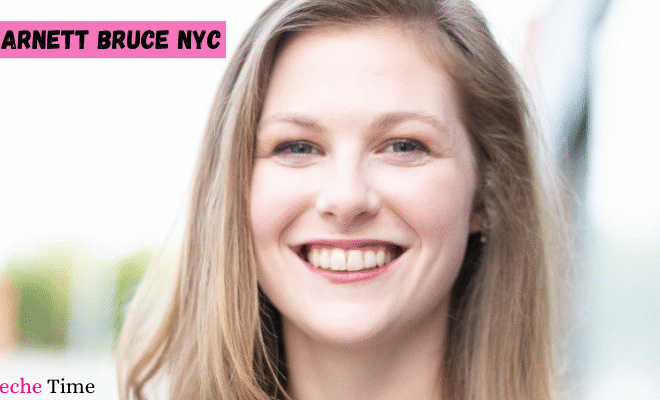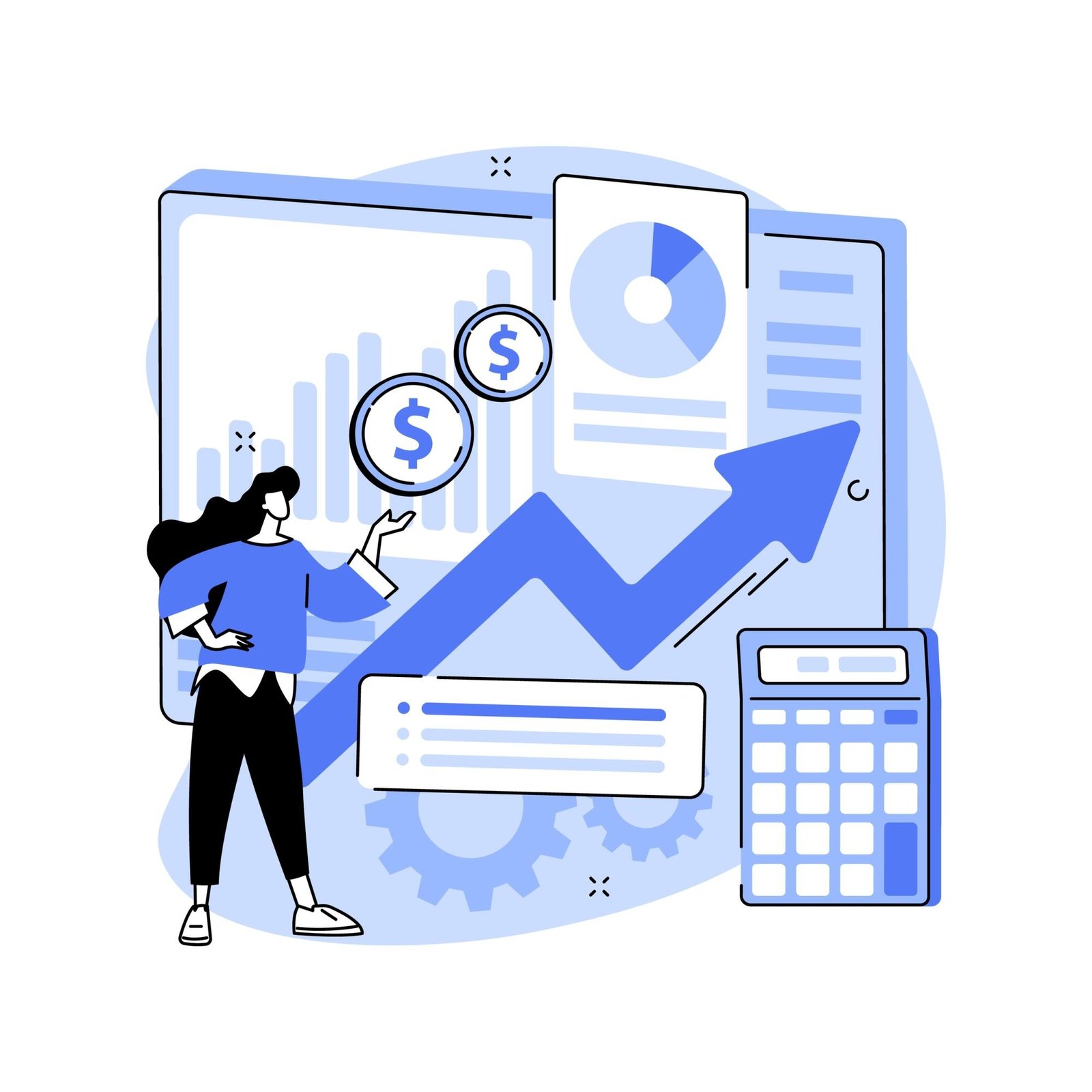
Breaking Down the Difference Between Traditional vs Continuous Product Design
Ever wonder why some products seem to hit the mark perfectly, while others miss it by a long shot? The secret might just lie in the approach-specifically, traditional vs continuous product design.
In this article, we’ll dive into the holistic approach of these two design philosophies. You’ll discover why continuous design keeps you in sync with user needs and how traditional design can sometimes leave you playing catch-up.
Ready to learn which method will help innovate and elevate your product to the next level? Let’s get started!
Development Approach
When we talk about traditional product development, we’re referring to a more linear process. It starts with a set plan and follows through step by step until the final product is developed. This method is straightforward: designers create a product based on initial research and feedback, then launch it into the market once it’s complete.
Continuous product design, on the other hand, is all about evolution and adaptation. After the initial product release, designers continually refine and update the product in response to ongoing user feedback and changing trends.
Timeline
In traditional product design, the timeline is like making a map with a clear endpoint. In continuous product design, on the other hand, the timeline is more like a trip that goes on and on with many stops along the way. When a product is made in the traditional way, the start date is set early on, and the team works towards that date. However, the timeline can be flexible with continuous product design. As needed, designers and writers can make changes and improvements, and updates are often released in stages. With this method, a product might change more naturally over time, better meeting the wants and needs of its users.
Risk Management
Traditional design often involves higher stakes because a lot rides on the final product. If it’s not well-received, making corrections can be costly and time-consuming.
In continuous design, the risk is spread out because you’re making smaller, more frequent changes. This approach allows you to address issues progressively, which can reduce overall risk. For a deeper understanding of risk management in design, you can read more about product design by reaching out to reputable sources.
User Feedback
The beauty of continuous design is that it centers around the user. By incorporating feedback early and often, the product adapts to meet the actual needs and preferences of its audience.
Traditional design may collect user feedback too, but typically it’s gathered after launch which can delay improvements. The continuous design allows for adjustments to be made almost in real time, keeping the product in tune with user expectations.
Flexibility
When you’re working with continuous design, you’ve got the freedom to make changes as you go.
This means you can adapt to new trends, technologies, and user preferences much faster.
Traditional design doesn’t offer the same kind of adaptability. Once a product is complete, it takes a lot more effort to change directions if you realize something needs to be improved.
Traditional vs Continuous Product Design Unveiled
Here’s the deal: choosing between traditional vs continuous product design could be what makes or breaks the success of your next project. It’s not just about picking one; it’s about understanding how each approach impacts your goals, team, and users.
Now, armed with insights on both tracks, you’re better prepped to select the right fit. Remember, in today’s fast-paced world, staying flexible and responsive might just be your ticket to staying ahead of the game.
Did you learn something new from this article? If so, be sure to check out our blog for more educational content.








